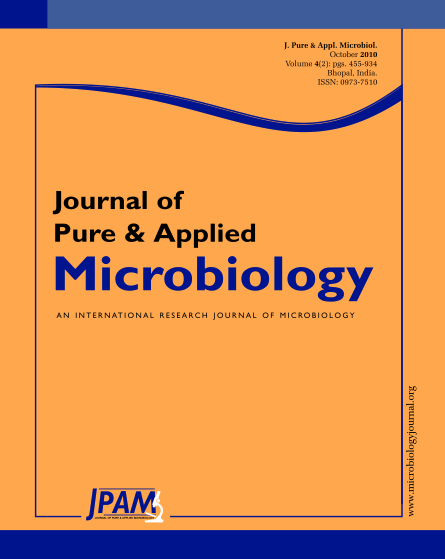The disposal of sugar mill effluents into the environment creates serious adverse effects by altering the normal physiochemical properties of soil and water. The wastewater from sugar factories readily provides a source of soluble food which is an ideal substrate for the bacterial growth. Being rich in carbohydrates, they disturb the normal microbial growth thereby causing oxygen depletion. The rich organic matter favours the growth of various microorganisms and depletes oxygen by rapid respiration and oxidation which is recognized to degrade the pollutants. In this study, the effectiveness of cyanobacterial treatment system for bioremediation of sugar mill effluents was investigated. In the treatment system, Oscillatoria was employed for the bioremediation of sugar mill effluents. The effluents were analysed for their physiochemical and elemental parameters. The major interests were evaluating the percent removal of colour, biological oxygen demand (BOD), chemical oxygen demand (COD) and total dissolved solids (TDS) of the effluents. The results revealed a considerable decrease of 39.2% in colouration, 25.69% in BOD, 37.91% in COD and 48.51% in TDS of sugar mill effluents after 4 weeks of treatment with Oscillatoria.
Sugar mill effluents, Oscillatoria, bioremediation
© The Author(s) 2010. Open Access. This article is distributed under the terms of the Creative Commons Attribution 4.0 International License which permits unrestricted use, sharing, distribution, and reproduction in any medium, provided you give appropriate credit to the original author(s) and the source, provide a link to the Creative Commons license, and indicate if changes were made.


